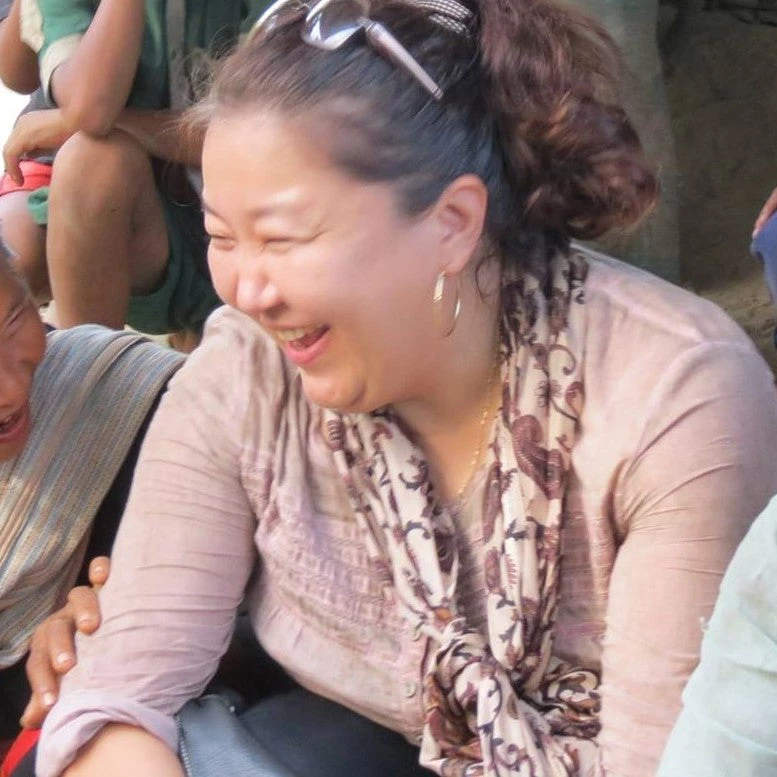 rear shot of woman walking in a field holding a hoe in her shoulders
rear shot of woman walking in a field holding a hoe in her shoulders
A prominent outcome of this year’s United Nations Climate Summit in Scotland (COP26) was the Glasgow Leaders' Declaration on Forests and Land Use signed by more than 130 world leaders whose countries contain more than 90% of the world’s forests. In support of the Declaration, the UK, Norway, Germany, the US, and the Netherlands, in partnership with 17 funders, pledged to invest $1.7 billion to help Indigenous and local communities protect the biodiverse tropical forests that are vital to protecting the planet from climate change, biodiversity loss, and pandemic risk. Crucially, land tenure security for Indigenous Peoples and local communities will be a central pillar of this support.
When it comes to meaningful forest protection, Indigenous Peoples and local communities (IPLCs) are among the most effective groups at conserving and sustainably managing the land and forests that they live in and depend on. Compared to areas managed by governments or private entities, research shows that when IPLCs hold secure land rights, their territories are associated with lower rates of deforestation, reduced greenhouse gas emissions, better biodiversity protection, and improved livelihoods.
Despite this trend, less than half of the lands and territories claimed by IPLCs are formally recognized by governments. This lack of land rights clearly places the livelihoods of IPLCs at greater risk. It also threatens the safety of the forests that IPLCs are best placed to sustainably manage.
Indigenous Peoples have long modelled sustainable forest management and land stewardship practices, and currently manage much of the forest land being considered for emissions reduction and offset schemes to mitigate the impacts of climate change. Given this, the success of forest-related emissions reduction efforts and climate change mitigation goals is inextricably linked with robust IPLC land tenure rights.
"Indigenous Peoples have long modelled sustainable forest management and land stewardship practices, and currently manage much of the forest land being considered for emissions reduction and offset schemes to mitigate the impacts of climate change."
Strengthening communal land and forest tenure
Countries participating in the World Bank’s Forest Carbon Partnership Facility (FCPF) have gained valuable insights over the last decade into what is needed to strengthen communal and collective land and forest tenure. A new World Bank report identifies opportunities for the advancement of these rights in FCPF Carbon Fund countries. The report also yields important lessons on how climate finance can promote social inclusion and climate justice. The study’s core findings reveal that:
- While all FCPF Carbon Fund countries have legal frameworks recognizing IPLC rights, for various reasons some are not actionable at scale. Issues affecting the efficacy of legal frameworks include limited experimentation with the framework, weak or absent institutional capacity, undefined procedures, and high degrees of legal and operational ambiguity. At the same time, each country represents an opportunity for advancing collective forest rights through policy, legal, and/or institutional reforms.
- In most countries, there are multiple opportunities to consolidate and strengthen IPLC rights, even where actionable legal frameworks are not fully in place.
- Opportunities for sustainable economic growth and improved forest management exist in almost every country. These opportunities include public-private partnerships to enhance the commercialization of community products, greater involvement of women in the design and management of initiatives, leveraging green and fair-trade certification schemes, and carbon and other environmental payments to strengthen the sustainability and efficiency of community-driven land use priorities.
Researchers identified several common barriers to secure collective tenure rights, and derived lessons to inform the work of governments as well as IPLCs, civil society organizations, and land and forest rights practitioners. For example, they found that decentralized governance provides mechanisms for communities to seek legal tenure recognition or address unresolved rights disputes. The study also identified the need to reduce conflict and competition between authorities and encourage coordination between public entities involved with administering land rights and overseeing land use practices and planning.
The findings of this study form a strategic roadmap for advancing the rights of IPLC communities through their own efforts, as well as supportive programming, advocacy work and policy improvements. They also represent a significant opportunity to inform and improve the social inclusion of results-based climate financing projects, so that the participation of IPLCs in planning, implementation and benefits-sharing of such schemes can contribute to the dismantling of structural social inequalities and to progress towards global climate goals.
This new study informs the overarching work in the World Bank’s Climate Change Action Plan 2021-2025. The plan puts people at the center of climate action, which is essential to ensure equitable, resilient, and sustainable development. With forests and forest-dependent peoples facing increasing competition for natural resources and pervasive forms of discrimination and exclusion, it is imperative to focus on rights-based approaches to sustainable forest management.
Related:
Opportunities for Strengthening Collective Land Tenure Rights in Carbon Fund Countries


Join the Conversation